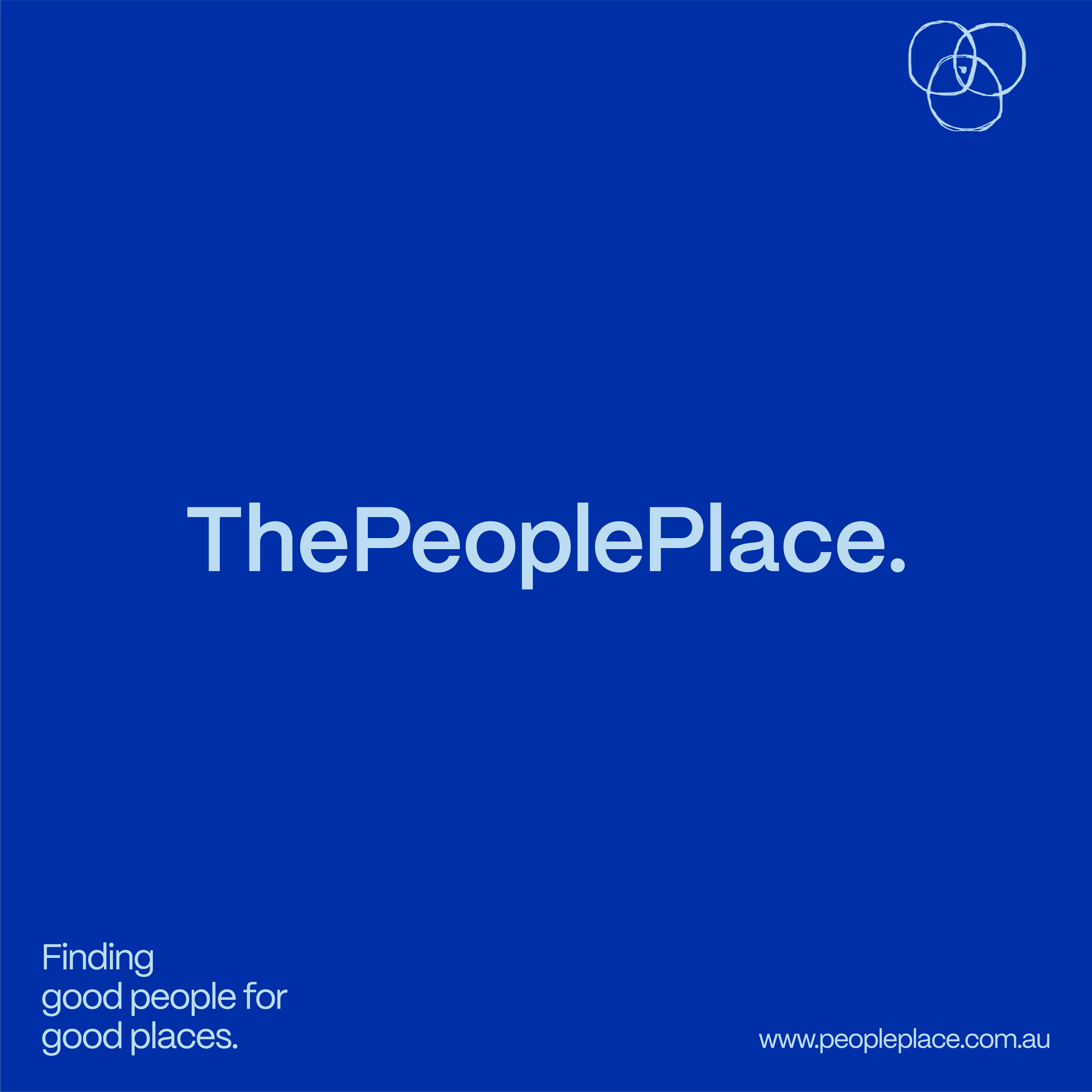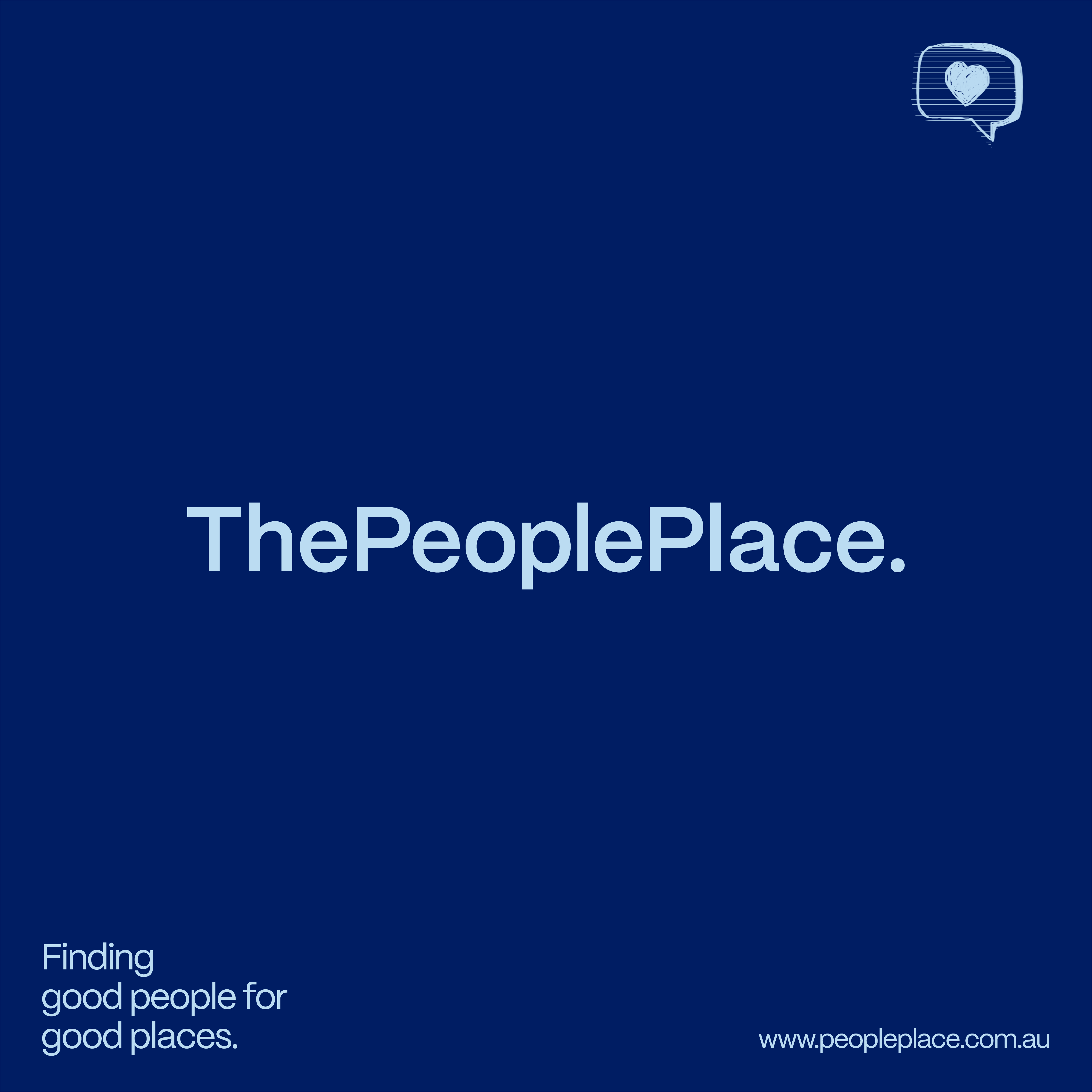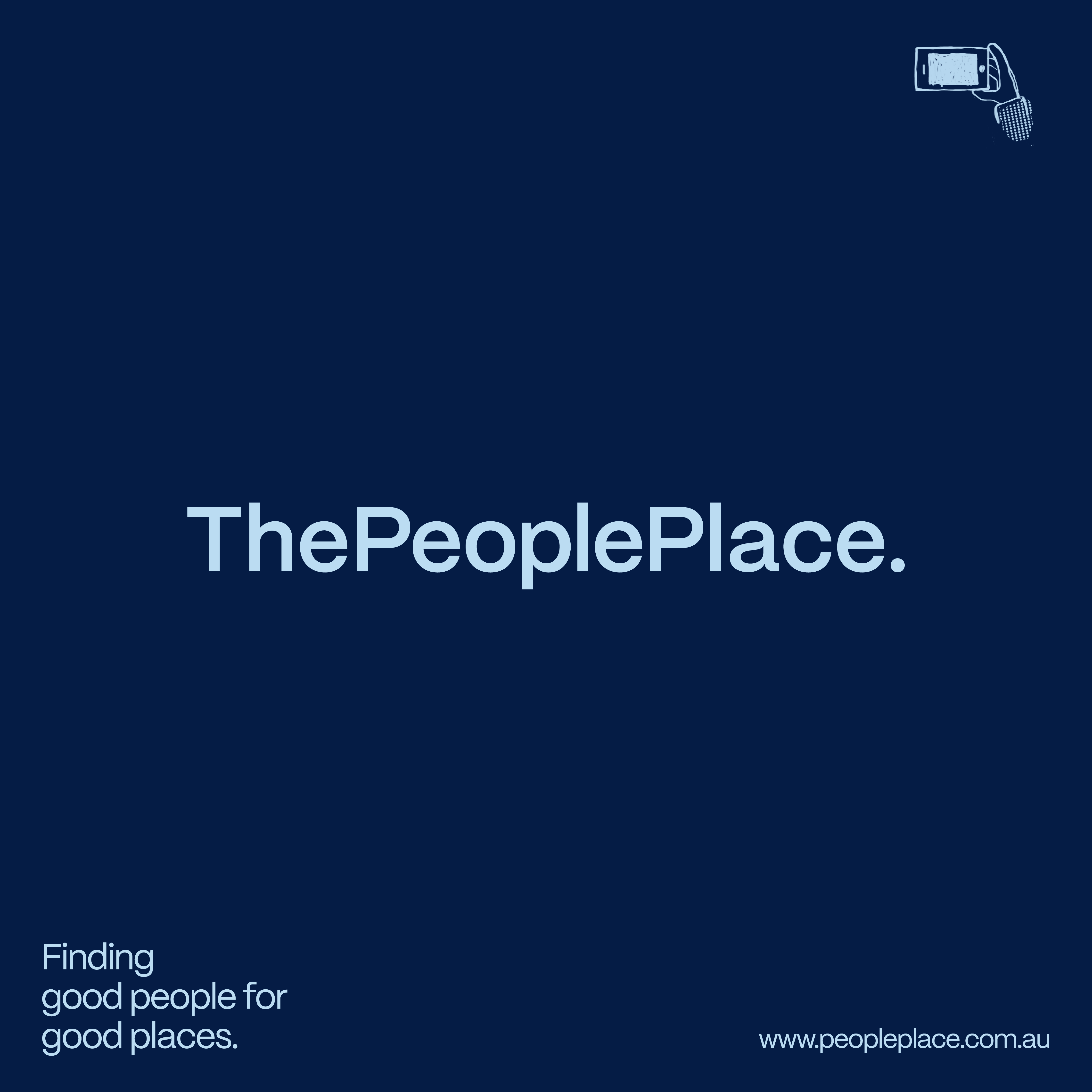Let’s talk about the quiet reason good people leave
There’s a moment that happens more often than most businesses realise. A talented creative, strategist or digital lead finishes a huge piece of work. They’ve delivered. They’ve stepped up. And they’re quietly hoping that someone’s noticed.
But the salary review isn’t until March. And even then, it’s capped at 3%.
In a market where costs are climbing and great candidates are in demand, this kind of slow, incremental reward system is costing businesses more than they know. At The People Place, we speak with creative professionals across Melbourne and Sydney every day. And right now, salary reviews are a growing friction point.
Let’s unpack what’s really going on.
The hidden damage of 3% increases in a 10% inflation world
Three percent has become the default. It sounds reasonable. But when inflation hit 7.8% in Australia in 2022 and remained stubbornly high through 2023 and early 2024, that 3% barely made a dent.
Rents in Sydney and Melbourne rose by up to 10% year-on-year. Grocery bills jumped. Fuel costs surged. By the time salary reviews came around, most employees weren’t getting ahead—they were treading water.
This has a quiet compounding effect:
- People feel undervalued (even if they don’t say it).
- Engagement drops.
- Recruiter messages that were once ignored suddenly get opened.
When the cost of living is rising faster than pay, even a great culture starts to feel shaky.
What top performers want—and why annual reviews miss the mark
Annual salary reviews made sense in a more stable market. But they don’t reflect how most creative teams operate today. Campaigns shift fast. Teams flex up and down. People step into new responsibilities mid-year.
We’re seeing more and more examples where someone grows into a bigger role six months in, but has to wait until the annual review cycle to have that recognised. By then, they’ve either stopped pushing or started looking.
This is especially true for high performers—the ones who:
- Take initiative beyond their job description
- Keep clients calm when deadlines are tight
- Mentor junior team members without being asked
If their pay doesn’t reflect their impact, they’ll find someone else who will.
What other companies are actually paying (based on real data)
We recently published our latest Salary Guide for the creative, marketing and digital industries across Melbourne and Sydney. Here’s a quick snapshot of what’s happening:
- Account Managers in Melbourne are now commanding $85K to $100K, with some pushing higher for integrated experience.
- Digital Project Coordinators in Sydney are landing at $80K to $90K depending on their platform fluency.
- Marketing Managers in property, retail and FMCG are regularly sitting between $140K to $160K in Sydney’s current market.
If your salaries are sitting 10-15% below these ranges, chances are you’re already losing talent.
Real talk: How slow reviews break trust
We spoke to a designer recently who had stepped up to lead their team when the Creative Director resigned. For six months, they were the go-to. The pitch work landed. The client was happy. But when the next review cycle came around, they got a 3.5% increase and a “thank you for your contribution.”
Within two weeks, they’d accepted a role elsewhere. With a 15% salary jump. And a clearer path forward.
This happens every week. The issue isn’t always money. It’s momentum. When your best people feel like their growth is invisible or delayed, they disengage. And by the time you realise, it’s too late.
So what can you do instead?
You don’t need to throw your entire salary structure out the window. But you do need a rhythm that reflects reality.
1. Run mid-cycle check-ins
Formal reviews once a year are too slow. Instead, consider lightweight salary check-ins every six months. These aren’t performance reviews—they’re calibration conversations. If someone’s taken on more, flag that you see it.
2. Use real-time market data
Don’t rely on last year’s salary bands. Benchmark against what’s happening in the market right now. Our salary guide is a great place to start. Or reach out and we can share a quick range check for your role.
3. Make space for out-of-cycle adjustments
If someone’s stepped up significantly, don’t make them wait six months for recognition. Small, well-timed increases ($5K–$10K) can go a long way in building loyalty.
4. Communicate clearly
Even if you can’t increase salary straight away, let people know they’re on your radar. Say: “Let’s revisit this in February if things continue at this pace.” That’s better than silence.
Final word: Salary reviews build more than pay. They build trust.
You don’t need to be the highest payer in market. But you do need to be fair, current and responsive. In today’s hiring market, where creatives and marketers are flooded with opportunity, it’s the businesses who act early and communicate clearly that retain their edge.
If you’d like help benchmarking salaries, running a retention review, or just sense-checking where you sit—we’re here.
📩 Contact us at hello@peopleplace.com.au
🌐 Visit peopleplace.com.au



